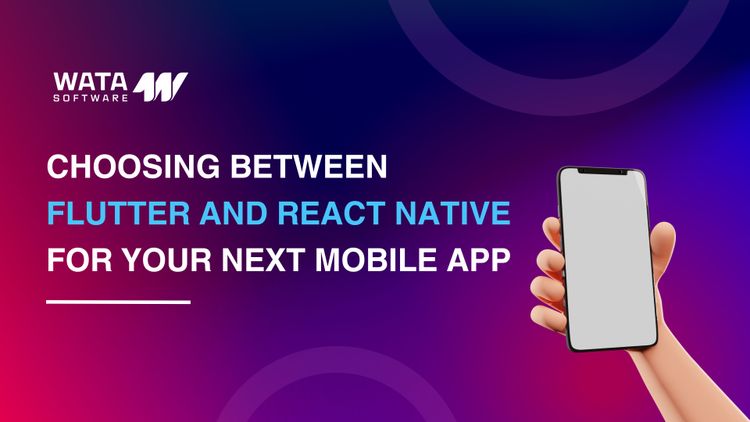What Are Low-code And No-code Platforms?

In today’s fast-evolving digital landscape, speed, flexibility, and accessibility are key drivers of innovation. Traditional app development, which often requires months of coding and collaboration among developers, designers, and testers, is increasingly being supplemented—or even replaced—by low-code and no-code platforms. These modern approaches are changing how businesses and individuals build applications, opening the door for faster and more efficient development cycles.
What Are Low-Code and No-Code Platforms?
Low-code development platforms allow users to create applications using minimal hand-coding. They offer visual interfaces with drag-and-drop capabilities, reusable components, and pre-built templates, making development accessible to both professional developers and tech-savvy business users.
No-code platforms take this concept a step further by enabling users with little to no programming knowledge to build applications entirely through graphical interfaces. These tools abstract away the complexity of coding, making it easier for anyone to participate in the software development process.

Key Differences Between Low-Code and No-Code
While the terms are often used interchangeably, there are fundamental differences:
- Target Users: Low-code is aimed at developers looking to speed up app creation, whereas no-code is ideal for business users or citizen developers.
- Customization: Low-code allows more custom coding, offering greater flexibility. No-code platforms are typically more limited in customization options.
- Complexity: Low-code can handle more complex workflows and integrations, while no-code is best for simpler applications like internal tools, dashboards, or forms.
Benefits of Low-Code and No-Code Development
- Faster Time to Market: One of the biggest advantages is speed. Applications that once took months can now be built in days or even hours.
- Reduced Development Costs: With fewer developers needed and faster build times, organizations can significantly cut development expenses.
- Increased Agility: Businesses can quickly adapt to market changes or internal demands by updating or launching apps without long development cycles.
- Democratization of App Development: Non-technical staff can build or modify applications, reducing reliance on IT departments and empowering teams to solve their own problems.
- Simplified Maintenance: Many low-code/no-code platforms handle updates and security patches automatically, making maintenance easier.
Why Low-Code and No-Code Are the Future
As demand for digital solutions continues to grow, organizations face mounting pressure to deliver applications quickly. Low-code and no-code platforms help bridge the gap between demand and supply. They empower teams across departments to innovate, experiment, and respond to business needs without bottlenecks.
In addition, the growing integration capabilities of these platforms mean they can now connect seamlessly with existing systems (like CRMs, ERPs, or third-party APIs), making them suitable for more than just simple applications.
Furthermore, the rise of AI-powered features in these platforms enhances their usability even more. For instance, some platforms now include AI-generated code snippets, design recommendations, or automation workflows, making development even more intuitive.

Use Cases Across Industries
Low-code and no-code tools are being used across industries for a variety of applications:
- Healthcare: Creating patient management systems, appointment booking apps, or internal dashboards.
- Retail: Building customer engagement tools, inventory trackers, or loyalty programs.
- Finance: Developing internal tools for data analysis, compliance tracking, or client portals.
- Education: Launching learning management systems, scheduling apps, or student engagement tools.
Challenges and Considerations
Despite their benefits, there are challenges to consider:
- Scalability: Not all platforms are suited for large-scale, complex applications.
- Vendor Lock-in: Relying on proprietary platforms may limit future flexibility.
- Security: Sensitive data and integrations must be managed carefully.
- Skill Gap: While they simplify development, training is still required to use platforms effectively.
Final Thoughts
The future of app development is undoubtedly being shaped by low-code and no-code platforms. They offer a powerful alternative to traditional development by accelerating workflows, reducing costs, and democratizing access to software creation. While they may not replace custom coding entirely, they are transforming the development landscape and becoming essential tools for modern businesses.
At WATA Software, we stay ahead of trends by embracing both traditional and modern development methods. Whether you need a custom-coded application or a solution built using low-code/no-code platforms, our team can help bring your ideas to life quickly and efficiently.
Ready to build your next app faster? Contact WATA Software today to explore the right development path for your business.




